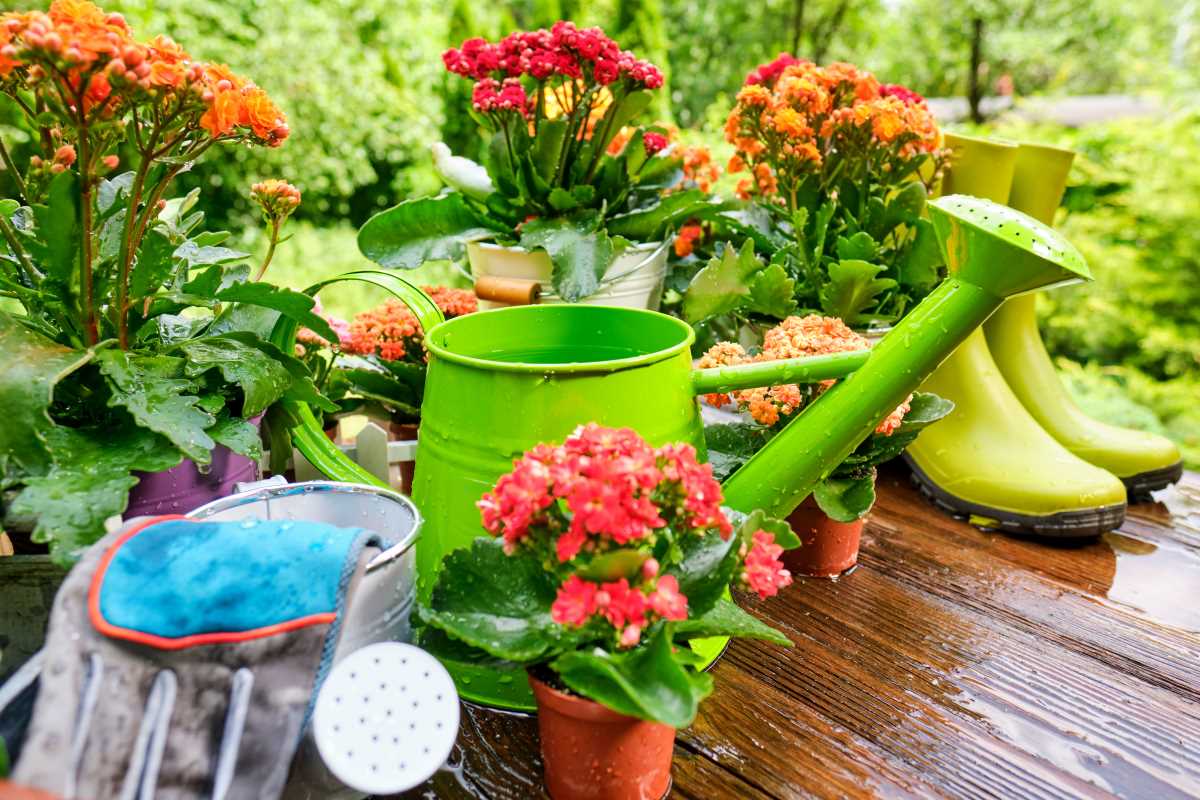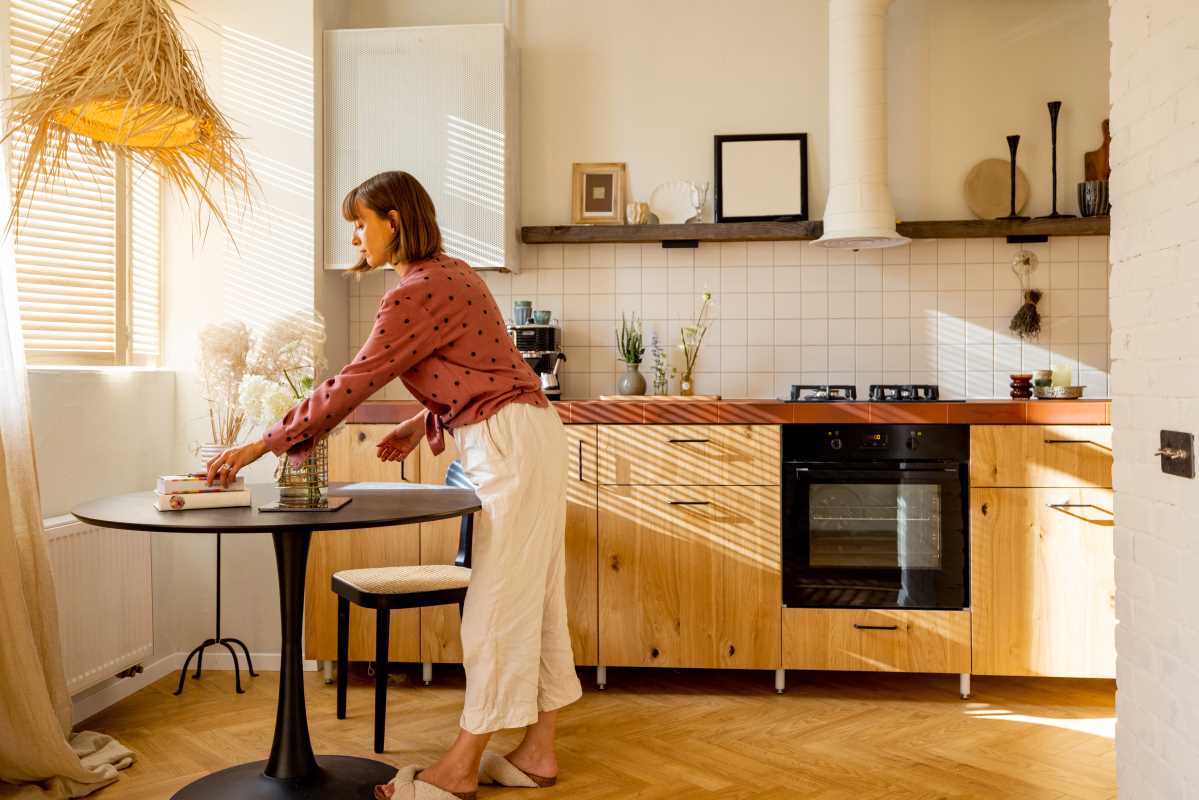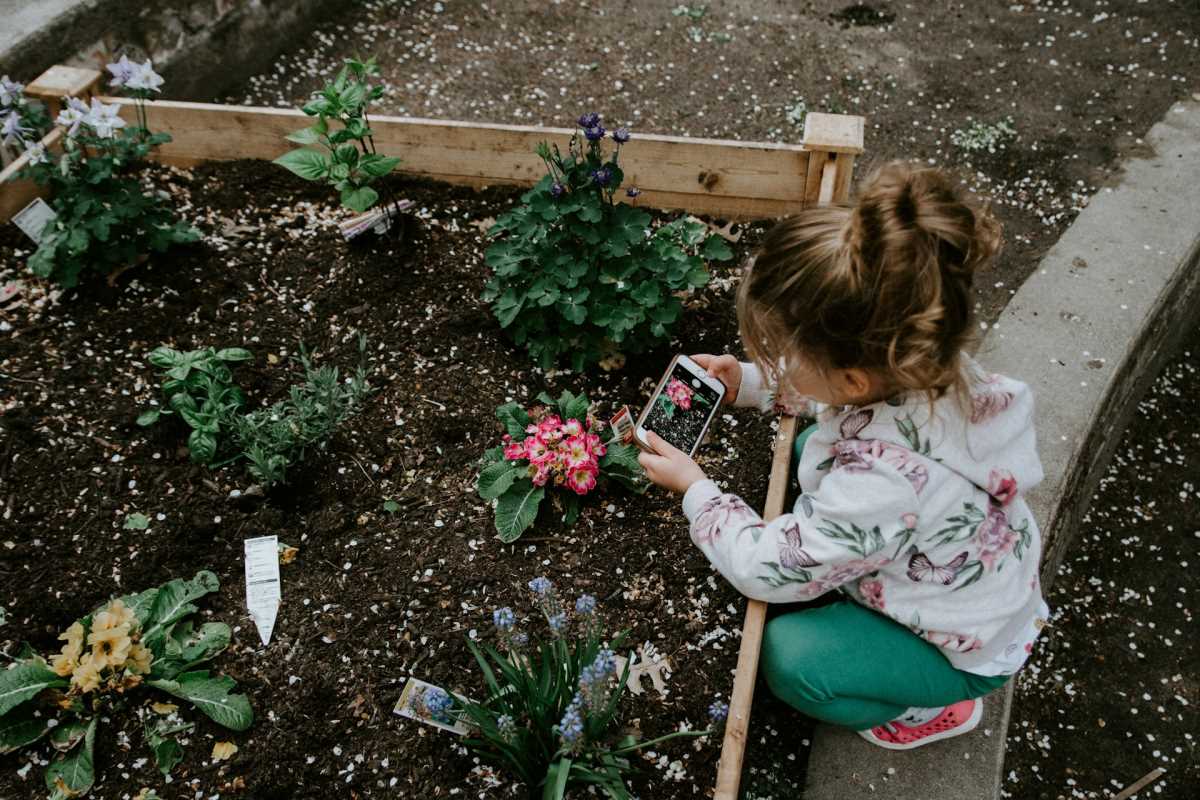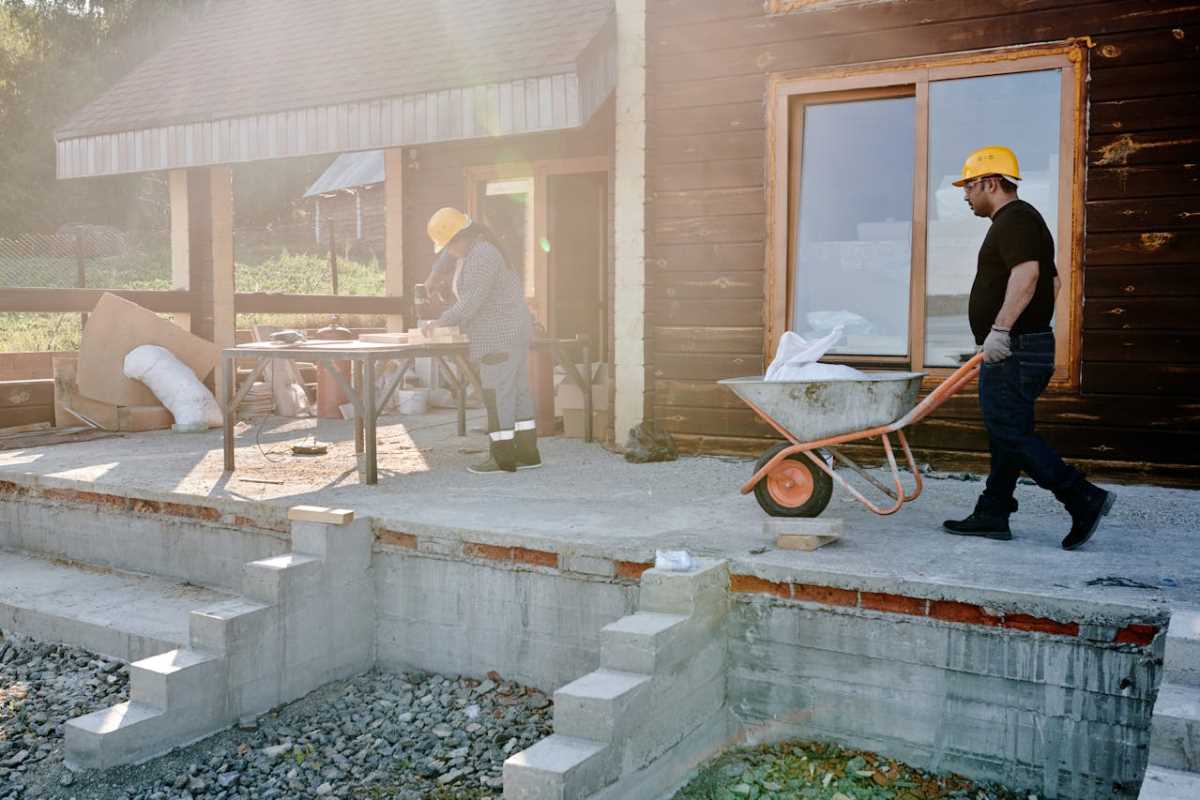Creating a living space that is both comfortable and environmentally friendly is a goal many homeowners strive towards. By implementing simple changes, you can transform your home into an eco-friendly sanctuary that benefits both you and the planet.
Here are some easy ways to make your home more eco-conscious, from energy-efficient appliances to sustainable decor.
Energy-Efficient Appliances
Investing in energy-efficient appliances is a great way to reduce your carbon footprint and save money on utility bills.
- Appliances with the ENERGY STAR label are designed to meet high energy efficiency standards, meaning they consume less power and perform just as well as their less efficient counterparts.
- Consider replacing your older appliances with newer models like refrigerators, washing machines, and dishwashers that are specifically designed to use less water and electricity.
For instance, an energy-efficient refrigerator uses about 15% less energy than non-certified models. Switching to energy-efficient light bulbs, such as LEDs or CFLs, can also significantly decrease your energy consumption while providing excellent lighting quality.
Natural Lighting
Natural lighting is a beautiful and cost-effective way to brighten your home while reducing your reliance on electricity.
Opt for window treatments that allow sunlight to filter in, such as sheer curtains or light-colored blinds. These not only provide privacy but also maximize the influx of natural light. Additionally, strategically placing mirrors across from windows can help reflect sunlight and brighten up dark corners, making rooms appear larger and more inviting.
Consider installing skylights or solar tubes in areas that lack windows to further enhance natural illumination. By reducing your dependency on artificial lighting during the day, you can lower your energy usage and create a warm, inviting atmosphere in your home.
Indoor Plants
Bringing nature indoors not only enhances the aesthetic appeal of your home but also improves air quality. Indoor plants act as natural air purifiers, removing harmful toxins from the air and increasing oxygen levels.
Choose low-maintenance plants such as peace lilies, spider plants, or snake plants that thrive indoors and require minimal care. These plants are particularly effective at filtering out pollutants like formaldehyde and benzene, common in household products. Incorporating a variety of plants can also create a calming environment that boosts your mood and productivity.
Not only will indoor plants make your home feel more welcoming, but they will also contribute to a healthier living environment.
Sustainable Decor
When redecorating your home, prioritize sustainable decor items made from eco-friendly materials such as bamboo, reclaimed wood, or organic cotton.
- Look for furniture pieces certified by organizations like the Forest Stewardship Council (FSC), which ensures that the wood used is sourced from responsibly managed forests.
- Choose textiles and upholstery made from natural fibers like hemp, jute, or wool, which have a lower environmental impact than synthetic materials.
- You can also support local artisans who use recycled or upcycled materials in their creations. By selecting sustainable decor options, you can beautify your home while supporting environmentally conscious practices and reducing your ecological footprint.
Water Conservation
Conserving water is another essential aspect of creating an eco-friendly home. Install low-flow faucets, showerheads, and toilets to reduce water usage without sacrificing functionality.
These fixtures can cut water use by up to 60%, significantly lowering your water bill over time. Fix any leaks promptly, as even a small drip can waste gallons of water per day. Consider collecting rainwater in barrels for outdoor use in gardening or landscaping, which reduces the strain on your municipal water supply.
Additionally, adopting water-saving habits like taking shorter showers and only running the dishwasher and laundry with full loads can further decrease your household's water consumption. By implementing water-saving practices, you minimize water waste and contribute to sustainable living.
Recycling and Composting
Implementing a recycling and composting system in your home is a simple yet effective way to reduce waste and promote sustainability. Set up designated bins for recyclables like paper, glass, plastics, and aluminum, and ensure they are properly sorted and disposed of. Educate yourself on local recycling guidelines to maximize the efficiency of your efforts.
Additionally, start a compost pile or invest in a compost bin to turn organic waste like food scraps and yard trimmings into nutrient-rich soil for gardening. Composting not only reduces landfill waste but also enriches your soil, making it healthier for plants. By recycling and composting, you can divert waste from landfills, reduce greenhouse gas emissions, and contribute to a greener future.
Benefits of Eco-Friendly Living
Embracing eco-friendly living offers numerous benefits for both personal health and the environment.
By reducing your home's energy and water consumption, you lower your utility bills and decrease your carbon footprint, contributing to a healthier planet. Incorporating natural elements like plants and sustainable materials can improve indoor air quality, reduce exposure to harmful chemicals, and create a more peaceful and stress-free living environment.
Furthermore, adopting sustainable practices fosters a sense of responsibility and connection to the earth, empowering you to make positive changes for future generations.
By incorporating these easy and practical changes into your home, you can create an eco-friendly sanctuary that promotes sustainability and well-being. From energy efficiency to recycling practices, each step towards a more environmentally conscious home makes a positive impact on the planet and enhances your quality of life.
Embrace the journey towards sustainable living and enjoy the benefits of a healthier, more eco-friendly home environment.







